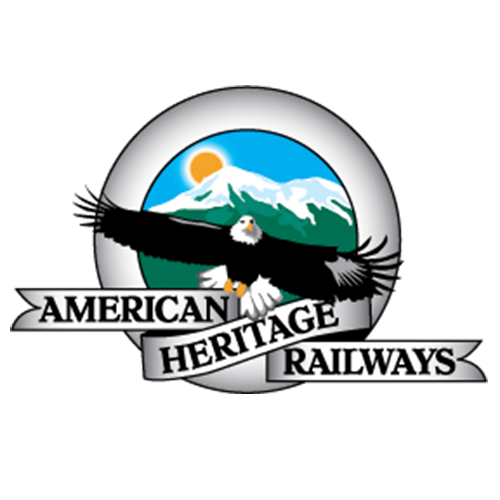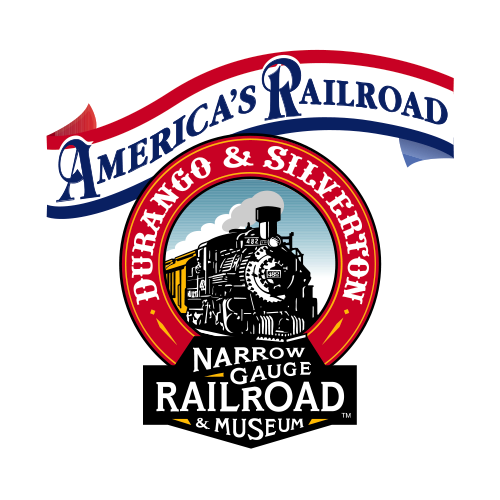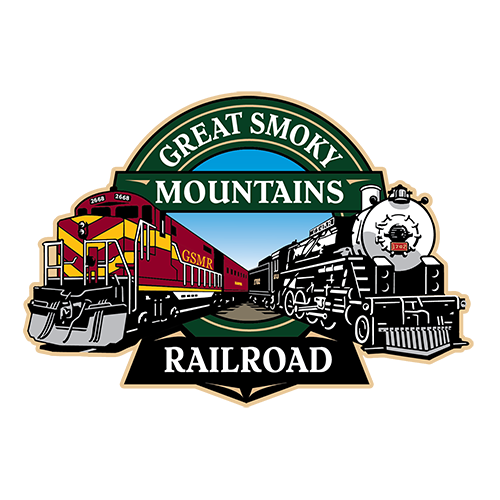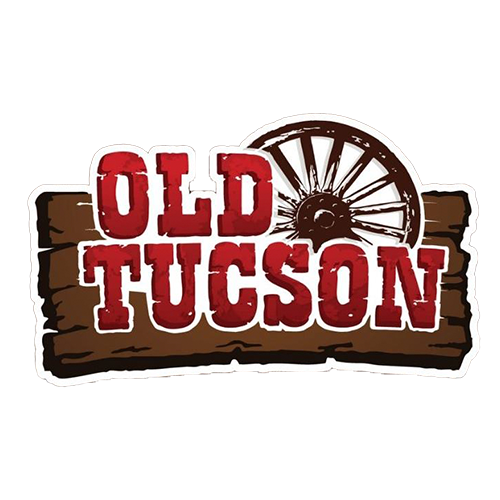
Conserving a National Treasure – Animas River Bridge 495A Replacement, Part 1: History
In 1860 Charles Baker led a prospecting party into the caldera which eventually became known as Baker’s Park. In 1874 the township of Silverton was laid out on the valley floor of the caldera, the town receiving its name for the mineral deposits which had since been discovered in 1869 by Baker’s party among others. Mining operations sprung up in a hurry during this time as gold, silver, zinc, copper, aluminum, iron, and other precious metals were discovered in the area. By 1880 Silverton had become a booming mining town.

The Denver and Rio Grande Railroad arrived in the area near Animas City Colorado in 1881. The railroad quickly established the company town of Durango just south of Animas City and began building a branch line north to Silverton to haul the mining riches back to Durango. The branch between Durango and Silverton was completed in just nine months and five days, arriving in Silverton in July of 1882. While completing 45 miles of track in just over nine months is an extraordinary feat, it is important to remember that mining booms and gold rushes such as the California rush of 1849 and later, the Klondike rush of 1896 didn’t last a long time and it was important for the Rio Grande to get to Silverton fast and begin hauling ore south before the boom was over. The railroad was not in great financial shape at the time either and just two years after reaching Silverton, the Denver and Rio Grande fell into receivership for the first time in July 1884. Both factors meant that speed was the key to construction, not necessarily quality, including right of way, track, and bridges. Just because the line was completed did not mean that it was capable of self-sustaining for the long-term future.
Bridge work and even bridge replacement is nothing new to the Silverton branch. Due in part to the speed in which the railroad was built, each of the 29 bridges between Durango and Silverton have received major work or have been replaced. Many of the bridges found on the line were constructed for other locations on the Rio Grande system and were relocated to their present site. The 15th Street bridge just north of downtown Durango was replaced between 1917 and 1928 with bridges from other locations and the wrought iron deck truss referred to as the “High Bridge” was brought to its current location in 1894 and received major reinforcement work in 1981.

The bridge located at milepost 495.24 on the Silverton branch is no different. Common with railroad nomenclature, this is bridge 495A. “495” being the milepost which the bridge is located and “A” being the first bridge within that mile in ascending order. Even though the Silverton branch crosses the Animas River five times, to most historians, railroad employees, and railfans alike, the bridge at 495.24 has earned the name the “Animas River Bridge.” The history of this bridge prior to 1932 is somewhat unknown to the Durango & Silverton.
From the historic photo below, it appears that the bridge was originally constructed using an open deck truss design.

From what can be gathered, it appears that this bridge was replaced in approximately 1901 by one which utilized a combination of open deck wooden girders as well as two 60-foot-long Howe pony trusses. Trusses such as these are not uncommon on the Silverton branch, and several remain to this day. Examples of these bridges can be found at the north end of the 15th St. bridge, Hermosa Creek bridge, as well as the old bridge bypassed in 1964 just south of Elk Park.
In 1932 the Howe pony trusses were removed and replaced with additional open deck timber girders along with additional support creating more, but shorter spans. The bridge has seen significant work over the years since 1932. Additional scour protection and support have been added as well as a check dam, however the work performed in 1932 left the bridge in roughly the
same configuration which it remains in today. The work undertaken over the years resulted in a 242-foot open deck timber girder bridge with varying span lengths and span designs.


It is no stretch of the imagination to think that the railroaders who performed this work on bridge 495A would never have imagined that the railroad, let alone the bridge would still be utilized into the 21st century. It must be remembered that when this work was completed, the United States was in the depression, and rail traffic on the Silverton branch was dwindling. To state that the future of the railroad was unknown is an understatement.
Instead, the Silverton branch continued to survive through the 1940’s, 50’s, 60’s, and 70’s thanks to a newly developing market – tourism. The very automobiles and roads which spelled disaster to many railroads in the United States during that period allowed people the opportunity to come ride this spectacular 45 miles of railroad which many of them had seen featured in Hollywood
films. Even once the railroad was sold by the Rio Grande in 1981 to the newly formed Durango & Silverton Narrow Gauge Railroad, the bridge continued to serve the trains passing over it.
While the Durango & Silverton continued to make repairs to the structure over the years, bridge 495A never showed signs of excessive deflection, or failure of any kind. This is a true tribute to the railroaders who designed and built this bridge nearly 100 years ago. However, as necessary maintenance of the structure continued to increase and a 3rd party engineering in-depth study of the D&SNG bridges concluded in 2017, it was jointly decided by the railroad and its consulting
bridge engineers that more drastic steps were needed to ensure the long-term reliability and safety of trains passing over the Animas River at this location.
The Durango & Silverton immediately began exploring a plethora of options. Repair, retrofit, and replacement were all considered. However, as repair and retrofit options were analyzed, the same issue kept rising to the surface the substructure or support portion of bridge 495A. Not unlike many bridges of that time, the base of the bridge was not driven into the bottom of the Animas River. Instead, the bridge was supported by mudsills which simply rest on the floor of the river. This is why the check dam was built immediately downstream of the bridge, to stabilize the floor of the Animas River, and to slow down the flow of water under the bridge and to reduce scour during times of high velocity runoff.

This meant that no matter what retrofits or improvements were made to the girders or piers, the bridge would still simply rest on the floor of the river. Retrofitting the mud sills with driven piling meant removing the entire bridge above it. This quickly began to blur the line between retrofit and replacement of the bridge. By the time all options had been explored, the answer became clear. To accomplish this project correctly and ensure the long-term resilience of the bridge and the railroad, it was once again time to replace bridge 495A. In a twist of history repeating itself, the Durango & Silverton reached the same decision that the Denver and Rio Grande had arrived at numerous times before nearly 100 years ago.











